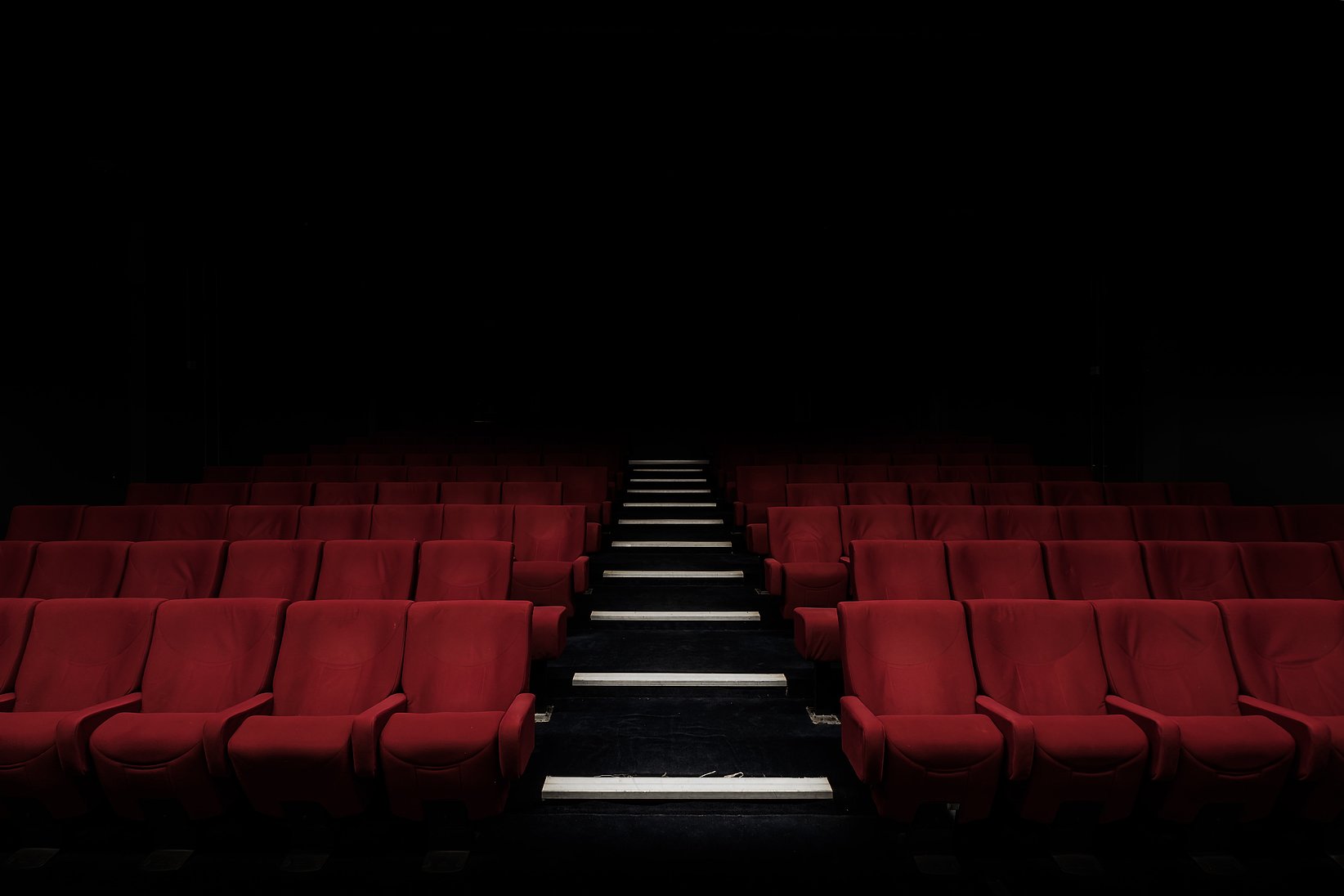
Film, Gen Z, pandemic, Television, Young adults
Cinema Struggles

It was hard to predict what state cinema would be in a post-pandemic world. Aside from patrons' obvious concern about spreading the virus further, there was the added impact of straight to streaming releases. How would people adjust back into the world of cinema, particularly those younger with fewer positive movie-going experiences to look back on?
Cinema's troubles began long ago. Aside from the introduction of VHS and films moving into homes, other factors have slowly been chipping away at its once gigantic popularity. In the late 90s, channels like HBO started a creative renaissance in the television industry with shows such as the Sopranos and Oz. Patrons no longer had to go to the cinema to witness high quality acting, writing and production. At the same time, Hollywood was trying to handle and maximise the effects of globalisation. This resulted in more homogeneous stories, with less of a focus on idiosyncratic and culturally specific tales. What ensued was the Hollywood we are faced with today. Reboots, remakes and sequels dominate the box office. While not all of these films are bad, they have created a beige landscape of feature films available in the cinema. Think about it this way; most of us love the odd McDonald's, but do we really want it as our only source of eating out?
In recent years, however, some of cinema's potential foes have turned to friends. The Internet and widespread use of smartphones, on the one hand, vastly increased people's media intake, leaving less time for things like the cinema, but on the other hand also widened cinema's potential audience through promotion and online communities. Similarly, laptops and smartphones also promoted isolated viewing on small screens, leaving some people craving the large, communal viewing that cinemas provide.
And where does Gen Z fit into all of this? Having been raised by the Internet, Gen Z are often unfairly criticised for their impatience and short attention spans. Contrary to this opinion, research by PostTrak found that people between the ages of 18 to 24 make up one of the largest segments of cinema goers. They even represented almost a quarter of all ticket buyers in the seven years before the pandemic. More recently, Gen Z have started their own cinema trend through the viral sensation of wearing formal attire to screenings of Minions: The Rise of Gru. Regardless of how disruptive some of these acts may have been, it is still encouraging to see young people embracing the cinema in their own way, like a modern day Rocky Horror Picture Show. Younger generation's passion for the cinema doesn't end there. Research by the BBFC, found that teens missed the cinema the most over the course of lockdowns, with 92% of them saying that they planned to return to the cinema once it reopened.
The death knell of cinema has long been tolling, but it has somehow managed to persist. While there are still worrying stats, such as that "nearly half of the prepandemic audience hasn’t returned" and that "8 percent may be gone forever", we must remember that cinema will always have a place; just in the way print newspapers still exist and FM radio still airs. Movies occupy a tiny corner of a vast, algorithmic media landscape and to think that cinema numbers will maintain or return to pre-millenium heights is naive. Instead, cinema will be enjoyed by few and all we can do is hope that Gen Z devises more cinema going viral incentives.

